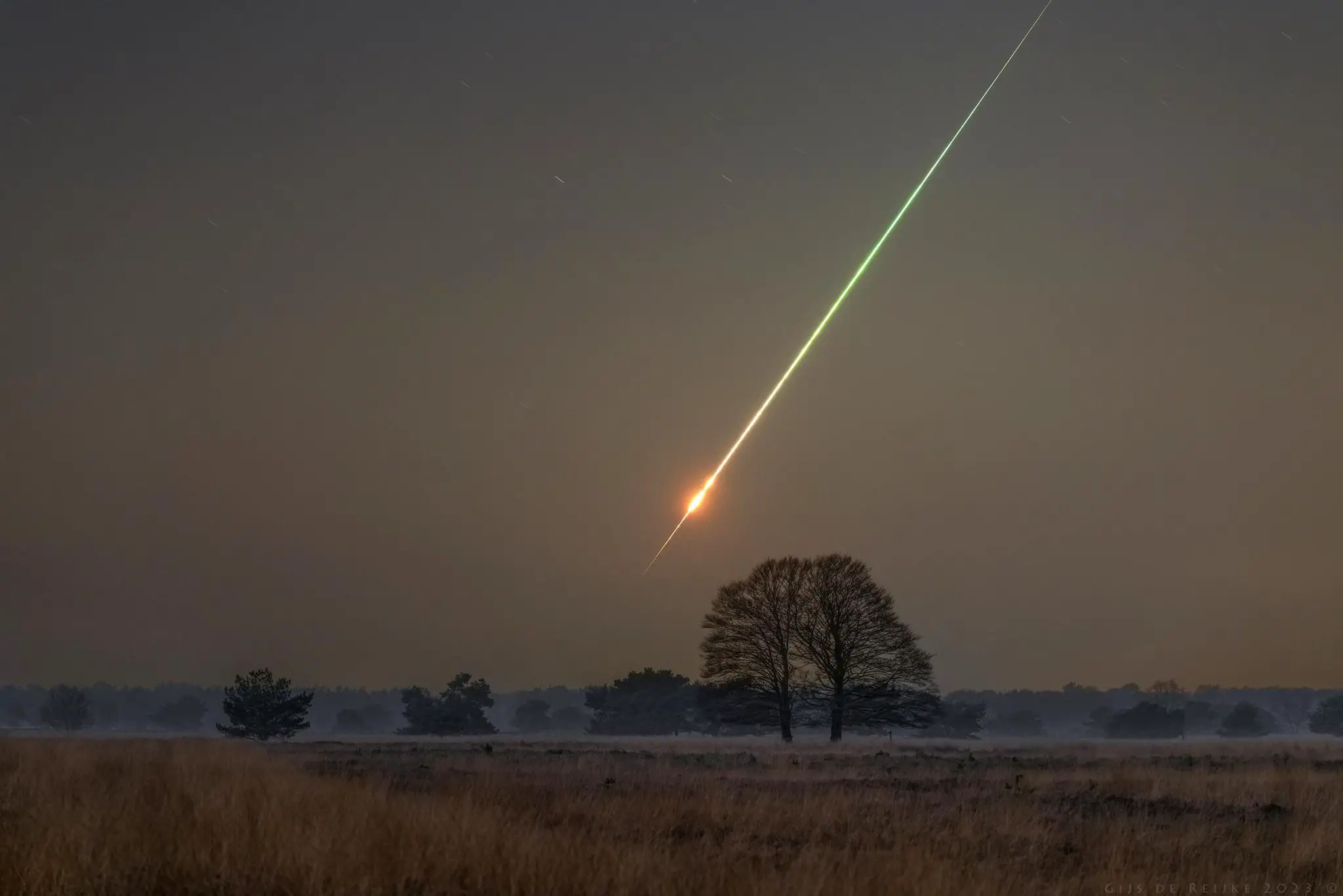Scientists pinpoint origin of asteroid that killed dinosaurs
- August 16, 2024
- 0
The intense debate over the space rock that killed the dinosaurs has vexed scientists for decades, but a new study has uncovered some important and largely unknown clues
The intense debate over the space rock that killed the dinosaurs has vexed scientists for decades, but a new study has uncovered some important and largely unknown clues

The intense debate over the space rock that killed the dinosaurs has vexed scientists for decades, but a new study has uncovered some important and largely unknown clues about the impactor’s origin story.
The researchers published their results Thursday in the journal ScienceThey used an innovative technique to show that the apocalyptic culprit, which slammed into the Earth’s surface 66 million years ago and caused the last mass extinction, formed beyond the orbit of Jupiter. They also debunk the idea that it was a comet.
New information about an asteroid that created a crater in Chicxulub, located in Mexico’s present-day Yucatan Peninsula, could improve our understanding of celestial bodies that strike our planet.
“With all this information we can now say that this asteroid initially formed outside Jupiter,” Mario Fischer-Godde, lead author of the study and a geochemist at the University of Cologne, told AFP. “The findings are particularly striking given how rarely such asteroids collide with Earth.”
The new discoveries are based on analysis of sediment samples formed between the Cretaceous and Paleogene periods when the asteroid struck.
The researchers measured isotopes of ruthenium, an element commonly found in asteroids but extremely rare on Earth. So by examining deposits in various geological layers that mark the debris from the Chicxulub impact, they could be “100 percent sure” that the ruthenium they tested came from “this asteroid.”
“Our laboratory in Cologne is one of the rare laboratories that can perform such measurements,” Fischer-Godde said, and it is the first time that such research methods have been used on impact debris layers.
Two main groups of asteroids can be distinguished using ruthenium isotopes: C-type asteroids, or carbonaceous asteroids, which formed in the outer Solar System, and S-type silicate asteroids, which originated closer to the Sun from the inner Solar System.
The study confirms that the asteroid that triggered the megaquake that triggered global winter and wiped out dinosaurs and most other life was a C-type asteroid that formed outside Jupiter.
Two decades ago, studies had already made that assumption, but it was much less certain. Fischer-Godde said the findings were striking because most of the meteoroids (asteroid fragments that fall to Earth) were S-type. Does that mean the Chicxulub impactor formed outside Jupiter and approached our planet? Not necessarily.
“We can’t be sure exactly where the asteroid was hiding just before it hit Earth,” Fischer-Godde said, adding that after its formation, it may have made a pit stop in the asteroid belt, which is located between Mars and Jupiter and where most meteorites originate.
The study also rejects the idea that the devastating impactor was a comet, a mix of icy rocks from the very edge of the solar system, as suggested in a highly publicized 2021 study based on statistical modeling.
Analysis of the samples now shows that the object is very different in composition from the subset of meteors previously thought to be comets, making it “unlikely” that the impactor was a comet, Fischer-Godde said.
Regarding the broader usefulness of his findings, the geochemist made two suggestions.
He believes that a more precise characterization of the nature of the asteroids that have struck the Earth since its formation about 4.5 billion years ago could help solve the mystery of the origin of water on our planet. Scientists believe that the water may have been brought to Earth by asteroids, possibly C-type asteroids that fell 66 million years ago, but these are rarer.
Studying past asteroids also allows humanity to prepare for the future, Fischer-Godde said.
“If we find that previous mass extinction events may also be related to C-type asteroid impacts, then … if a C-type asteroid passes through Earth’s orbit, we need to be very careful,” he said. “Because that could be the last time we see it,” he said.
Source: Port Altele
As an experienced journalist and author, Mary has been reporting on the latest news and trends for over 5 years. With a passion for uncovering the stories behind the headlines, Mary has earned a reputation as a trusted voice in the world of journalism. Her writing style is insightful, engaging and thought-provoking, as she takes a deep dive into the most pressing issues of our time.